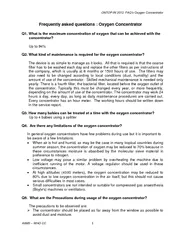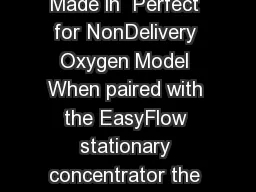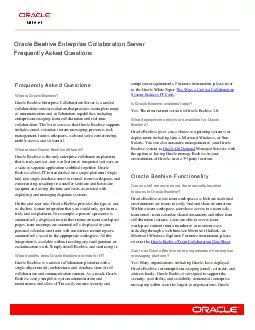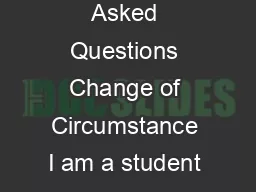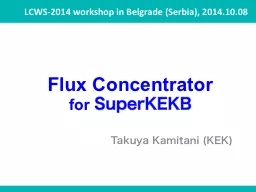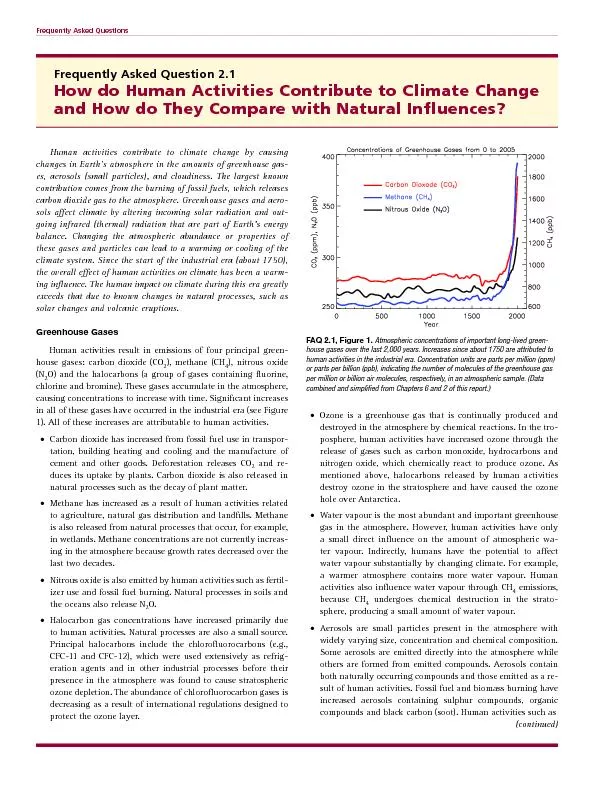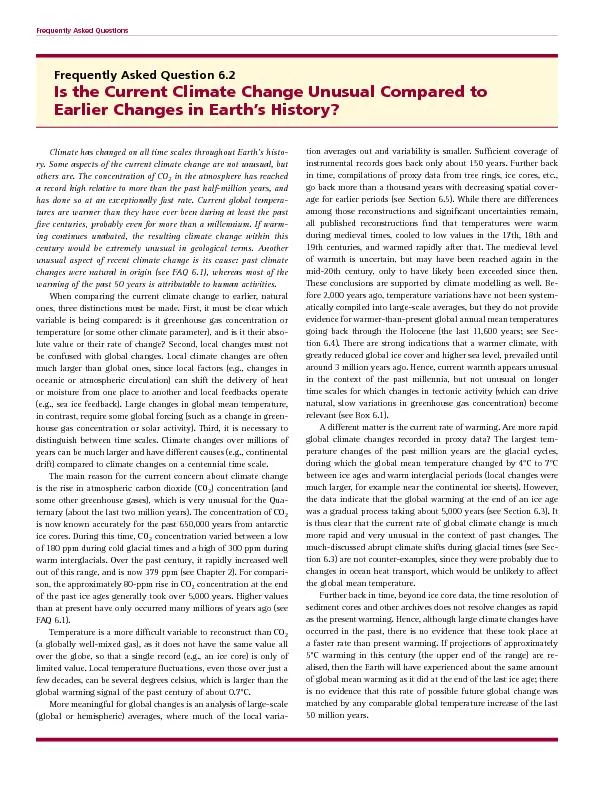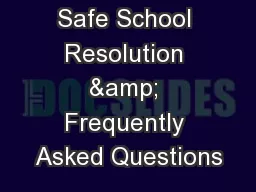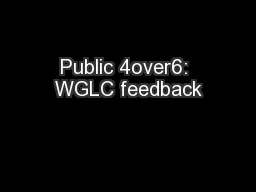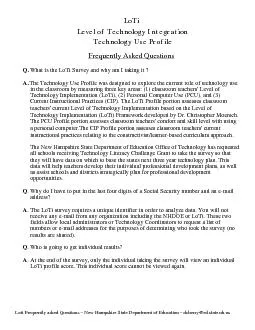PDF-Frequently asked question oxygen concentrator
Author : giovanna-bartolotta | Published Date : 2017-07-31
What is the maximum concentration of oxygen that can be achieved with the concentrator Up to 94 Q2 What kind of maintenance is required for the oxygen concentrator
Presentation Embed Code
Download Presentation
Download Presentation The PPT/PDF document " Frequently asked question oxygen concen..." is the property of its rightful owner. Permission is granted to download and print the materials on this website for personal, non-commercial use only, and to display it on your personal computer provided you do not modify the materials and that you retain all copyright notices contained in the materials. By downloading content from our website, you accept the terms of this agreement.
Frequently asked question oxygen concentrator: Transcript
Download Rules Of Document
" Frequently asked question oxygen concentrator"The content belongs to its owner. You may download and print it for personal use, without modification, and keep all copyright notices. By downloading, you agree to these terms.
Related Documents

